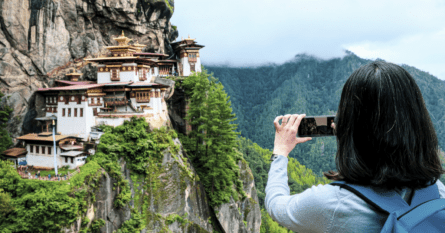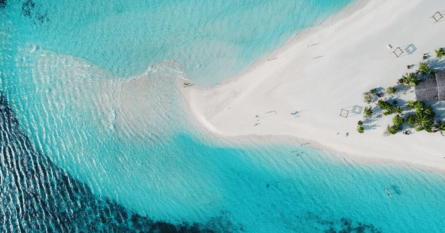With a new year just around the corner, now is the time to start planning for a sustainable travel holiday.
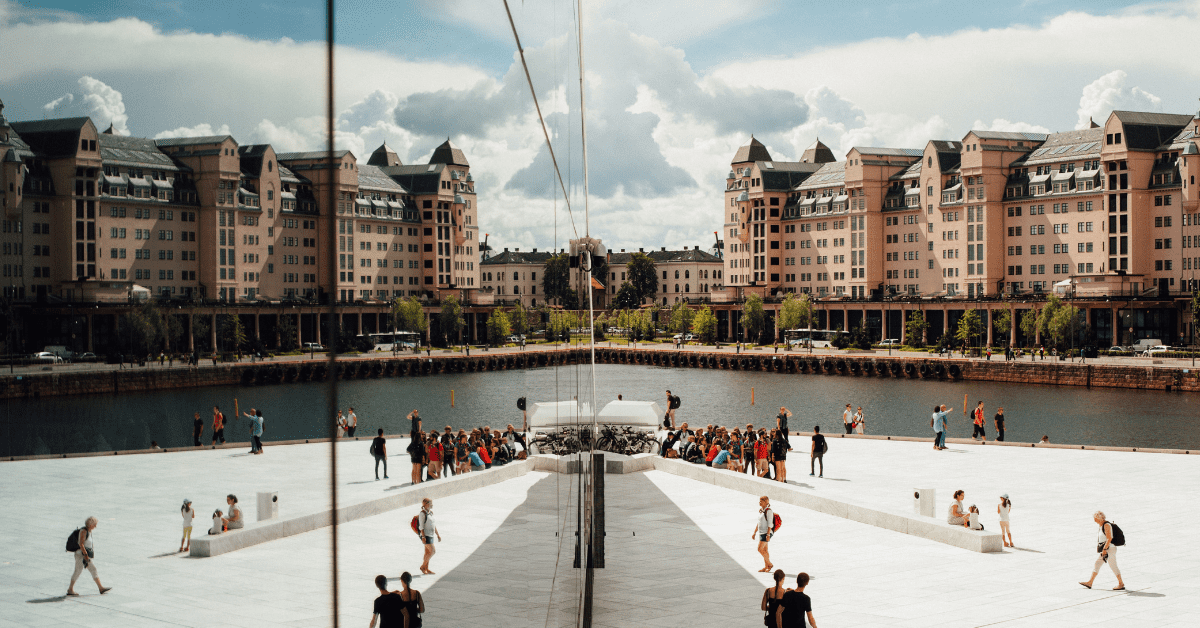
A new year means setting new intentions, and what better way to kick off 2022 than with a more sustainable travel focus.
We’ve rounded up a few incredible locations around the world where you can get off the beaten path, explore eco-neighborhoods, or make a tree donation to support local communities.
Wherever you decide to go, be sure to download the Blacklane app so you can access 100 percent carbon offset rides for your airport transfers or city tours.
Entry rules for countries can change at short notice, so always check government regulations before making any travel plans.
Oslo, Norway
Awarded the European Green Capital title in 2019, Oslo is dedicated to preserving green spaces and reducing pollution.
Approximately 95 percent of its residents live – at most – 300 meters away from parkland or natural space. With two thirds of the municipality dedicated to protected forest, waterways or agricultural land, there’s plenty of open space to explore.
Visitors can wander along the river Akerselva that cuts right through the city out to the waterfront, where walking paths lead out to swimming pools in the crystal-clear Oslofjord.
Oslo also claims to be “the electric vehicle capital of the world” with a high electric vehicle uptake by its residents. Many areas within the city center are traffic-free.
Blacklane offers Electric Class vehicles in Oslo for scheduled rides, airport transfers, or by-the-hour bookings in the city to make your trip more sustainable.
Menorca, Spain
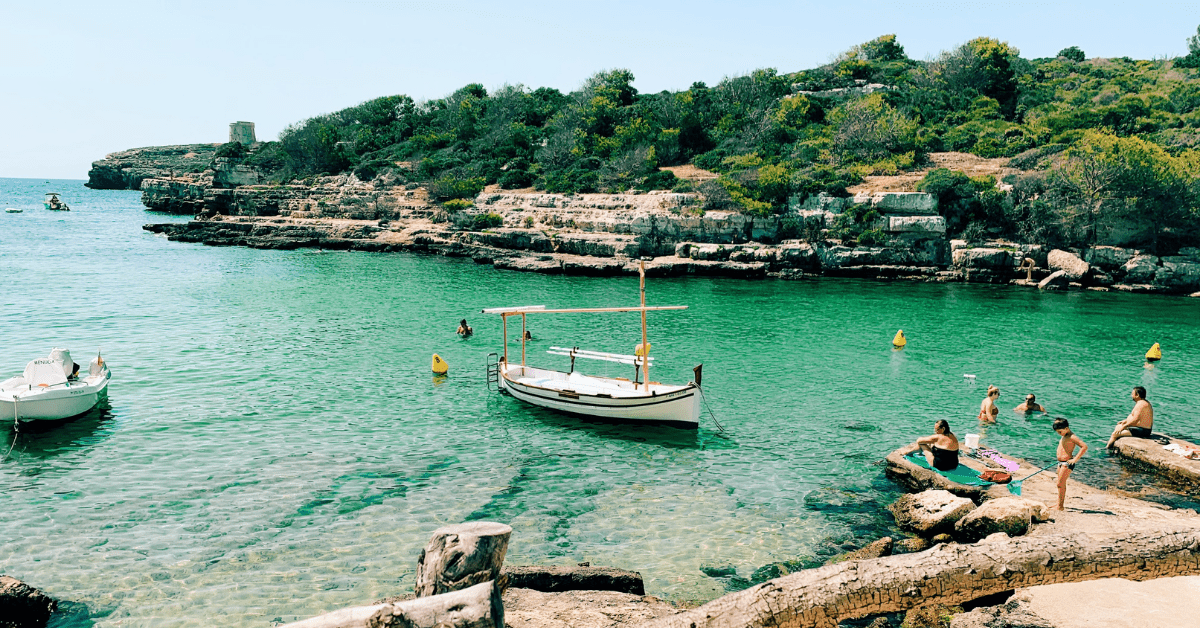
Part of Spain’s glittering Balearic islands, Menorca is the quieter and more serene sister to Ibiza and Mallorca. With plans to abandon fossil fuels and generate 85 percent of it’s energy from renewables, Menorca is committed to protecting its natural beauty.
The island is a UNESCO Biosphere Reserve with many protected spaces, including the Parc Natural de s’Albufera des Grau. This east coast location spreads across thousands of hectares, including freshwater lagoons and wide open beaches.
The rocky, turquoise-clear coves dotted along the 216 kilometer coastline are called “calas” and can mostly only be reached by foot. Cala Turqueta is a downright showstopper on the south coast and can be reached via the centuries-old 185 kilometer Camí de Cavalls walking path.
Grenoble, France
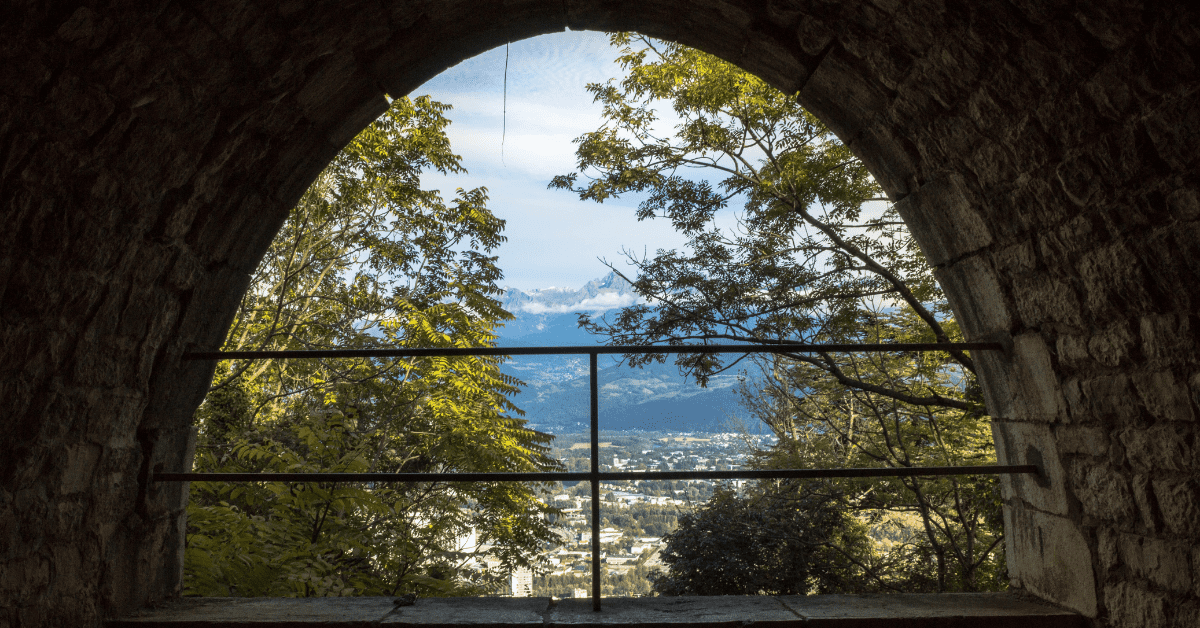
Known as the French Alps capital, Grenoble is flanked by three alpine massifs – Vercors, Chartreuse, and Belledonne. It’s mountainous surrounds make it one of the most inspiring sustainable travel destinations to visit.
Being the first local authority in France to adopt a Climate Plan in 2005, it’s worked hard since to incorporate greenery into its eco-neighborhoods. The city actively encourages private gardens, vertical greening on buildings, and new park development.
Worthy of particular mention is the Flaubert eco-neighborhood project, where new developments are constructed from local, natural resources to lower its carbon footprint. Rooftop vegetable gardens, shared gardens, and urban agriculture are also incorporated into the project’s focus.
The European Commission called the project “a great example for other cities, and a model in the development of cities of tomorrow”, when naming Grenoble the European Green Capital for 2022.
Ljubljana, Slovenia
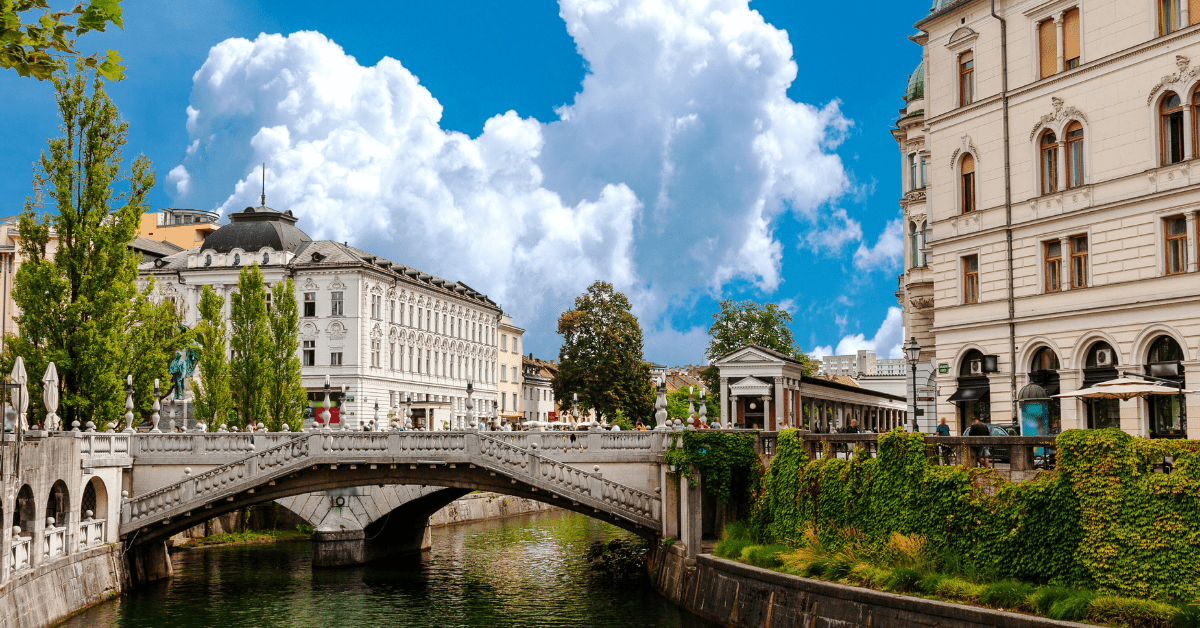
This walkable city is known for its green spaces, about 542 m2 per inhabitant, including the sweeping Tivoli Park in the west of the city. The center of the city has been traffic-free since 2008 and is the largest car-free zone in the EU, making it a great sustainable travel spot.
Being the capital of Slovenia, the city actively working to “deseasonalize tourism” by offering events and festivals year-round. Tourists can also sample a wealth of locally produced ingredients while staying in the city, thanks to the Green Supply Chains project. The aim is to better link the 800+ farms who supply the city with tourism providers.
Ljubljana was also the first European city to commit to a zero-waste goal and has the highest rate of household waste separation in the EU.
The city works to redirect tourist flows to the greener locations surrounding the city center. The UNESCO World Heritage listed Ljubljana Marshes in the south and the tree-lined Trail of Remembrance that surrounds the city help you make the most of the natural wonder of the area.
Westfjords, Iceland
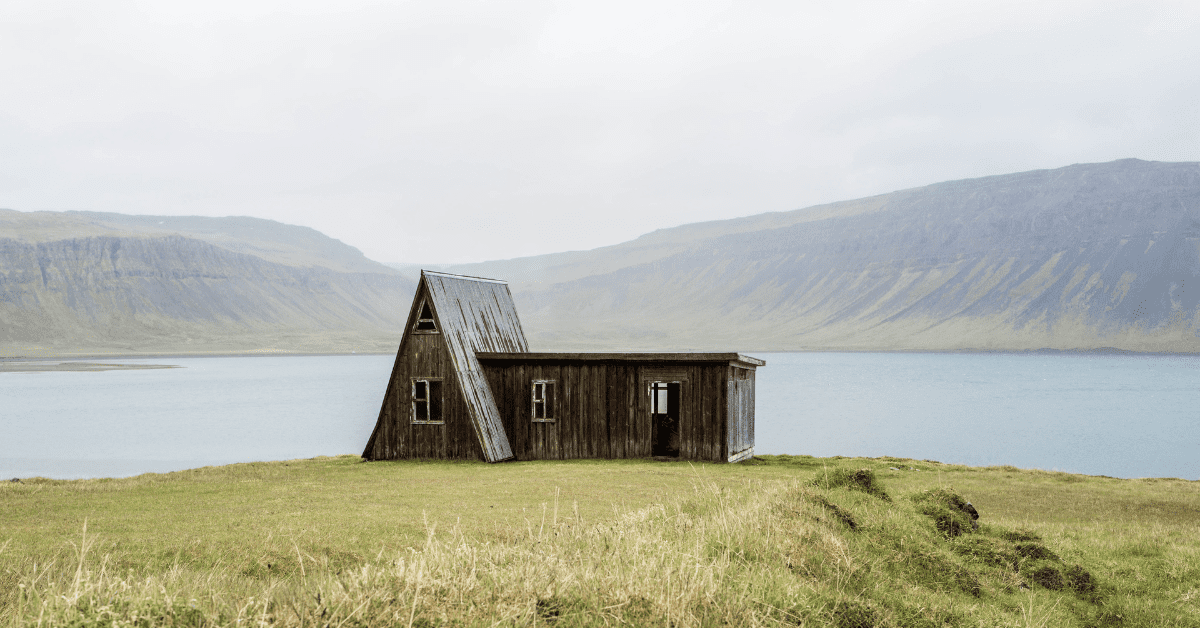
This is the sustainable travel destination for anyone wanting to escape the crowds and reconnect with nature at an awe-inspiring scale.
The Westfjords region only gets about 10 percent of Iceland’s tourism, which means its narrow pristine inlets and ice-capped mountains have remained unspoiled for what seems like eternity.
The Hornstrandir Nature Reserve sits in the northwestern corner and is an uninhabited peninsular where hikers can spot birds and the native Arctic fox in its natural habitat.
Dirt roads track the coastal fjords in the north, where small fishing villages with wooden houses built by fishing merchants dot the landscape. Further south is Dynjandi, a large-scale waterfall representing the full force of nature in this region.
Florence, Italy
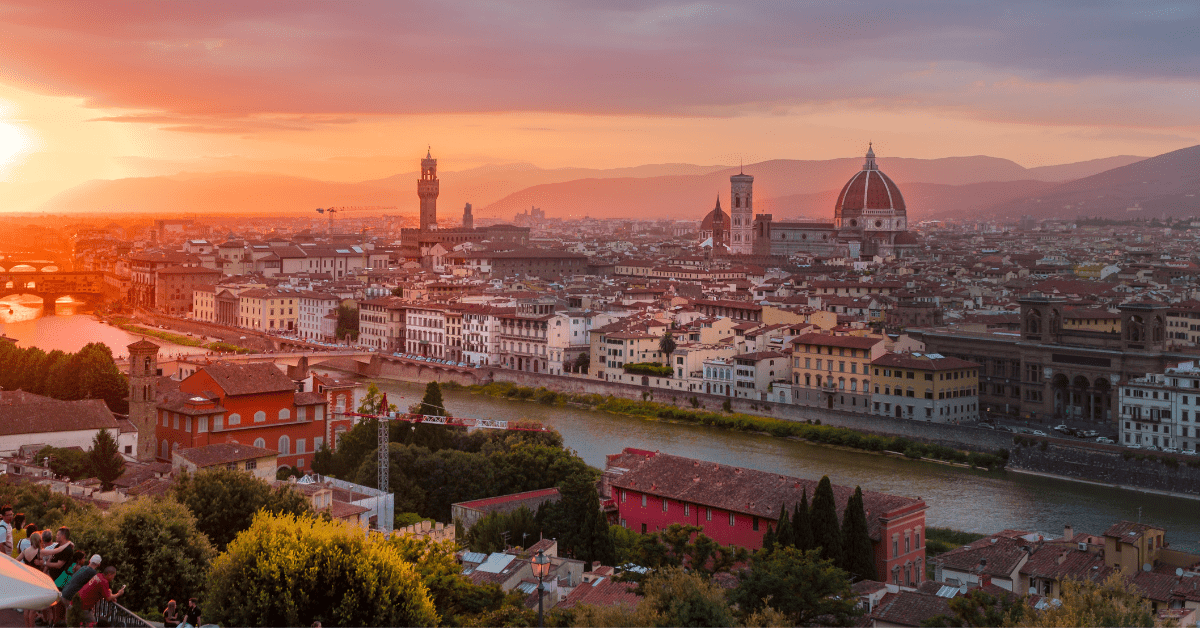
Florence is known as the birthplace of the Renaissance, where new ideas and perspectives flourished. Drawing on its revolutionary past, the city is now working on ways to become more of a sustainable travel destination.
Chief among them is the city’s zero-volume plan, which pushes for the reclaiming of abandoned or empty buildings into gardens, offices, or housing where needed.
Tree donations are available across the city to help increase community involvement, with 800 already donated so far. Five new orchards are also up for donation across the city, with the trees coming under the care of the Municipality of Florence once planted.
For tourists, the historic center of Florence hosts incredible markets such as San Lorenzo, Sant’Ambrogio, and Santo Spirito to name a few. Here, you can connect with local ingredients and sample the wonder of Tuscan cuisine.
Scottish Highlands, Scotland
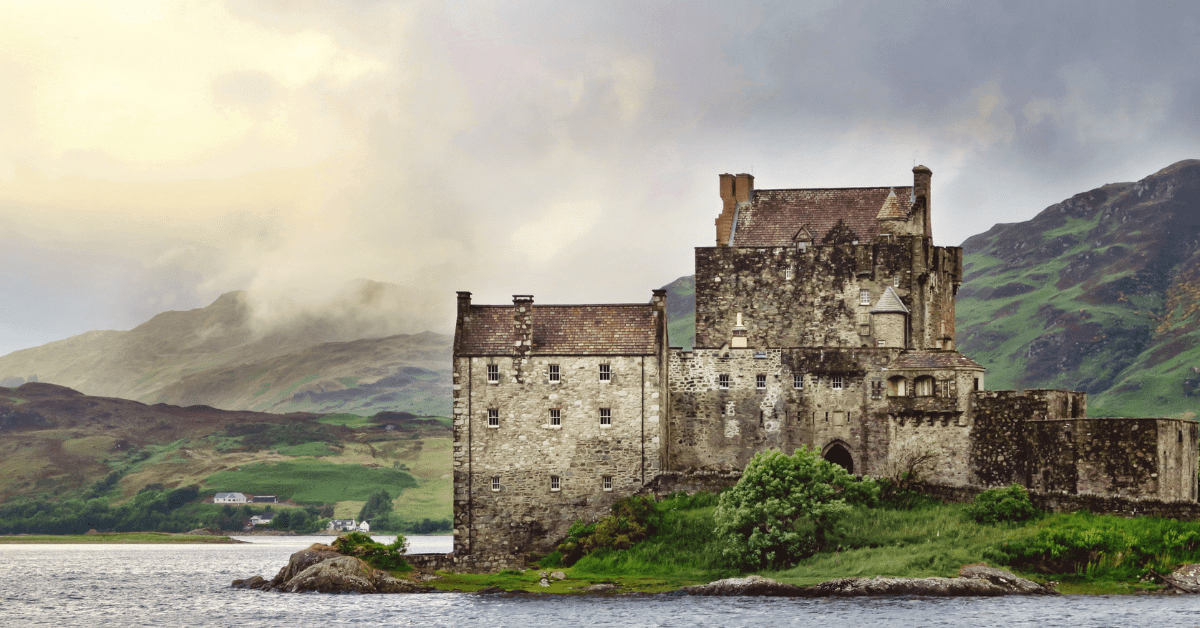
Wild mountainous regions are abundant in the Scottish Highlands, home to the mythical Loch Ness Monster. But there’s more than meets the eye in this area to the north of Edinburgh.
Dotted across the highlands in various locations are bothies – disused cottages or huts repurposed into mountain shelters.
These sustainable structures are maintained by a charity called the Mountain Bothies Association (MBA) and have very little environmental impact given the sparsity of their dwellings.
For the mountain climbers, Ben Nevis is where the action is, offering up the tallest peak found in the UK. If monster peaks aren’t your thing, there’s also a few tracks for varied levels of experience to try.
Tortuguero, Costa Rica
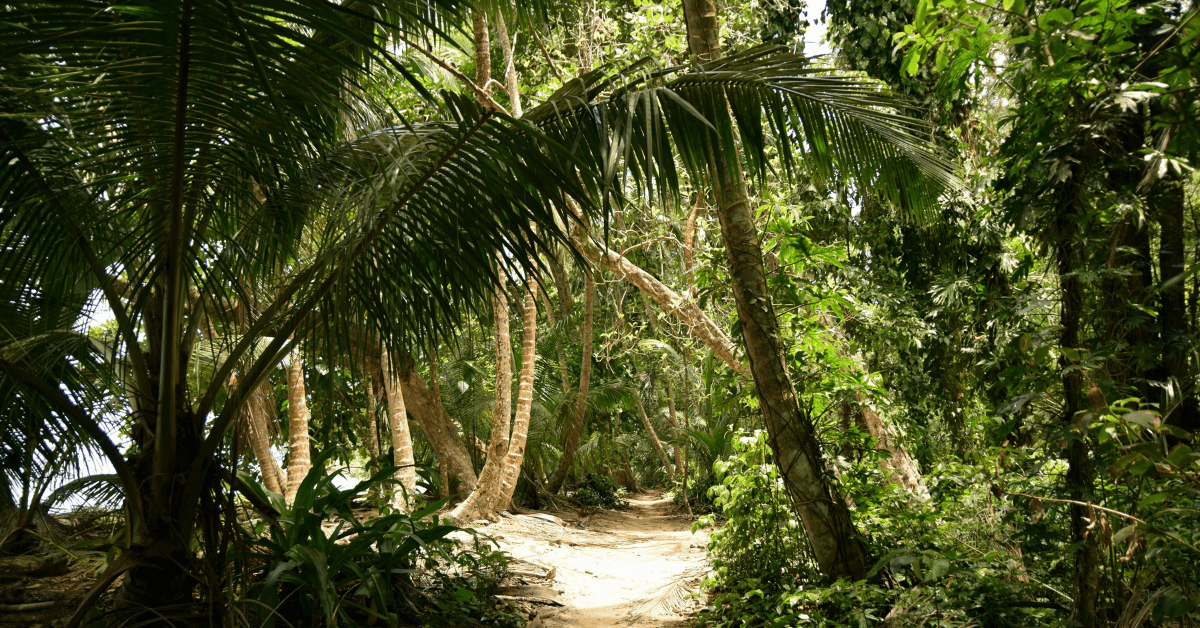
Costa Rica is widely recognized for commitment to sustainability and nowhere more so than Tortuguero.
This quiet coastal village sits within Tortuguero National Park north-east of the country’s capital city San José. It’s beaches host one of the major nesting sites for green turtles in the world, and is monitored by the Sea Turtle Conservancy.
And it’s not just turtles that make up the local fauna – sloths, monkeys, toucans, and tapirs all call this area home. Being a little off the beaten path means the diversity of wildlife living within the lush freshwater canals can flourish.
The vibrant village is extremely remote and is only accessible by boat or plane. Top tip: Hire a guide to take you along the canals to best spot the local wildlife.

